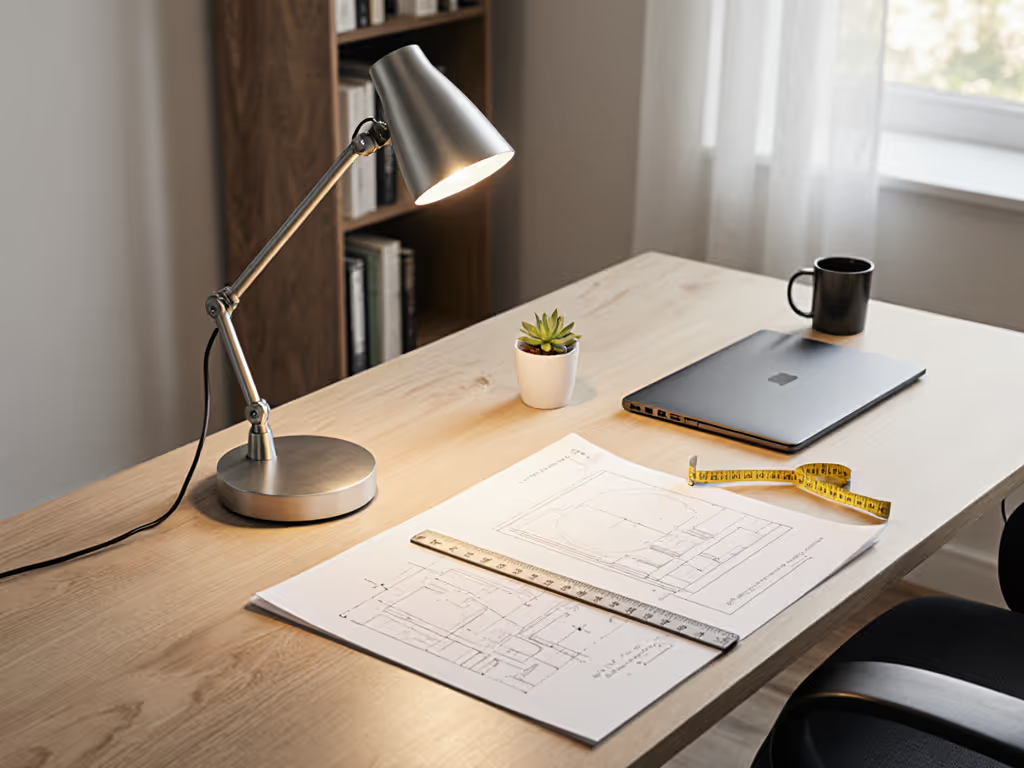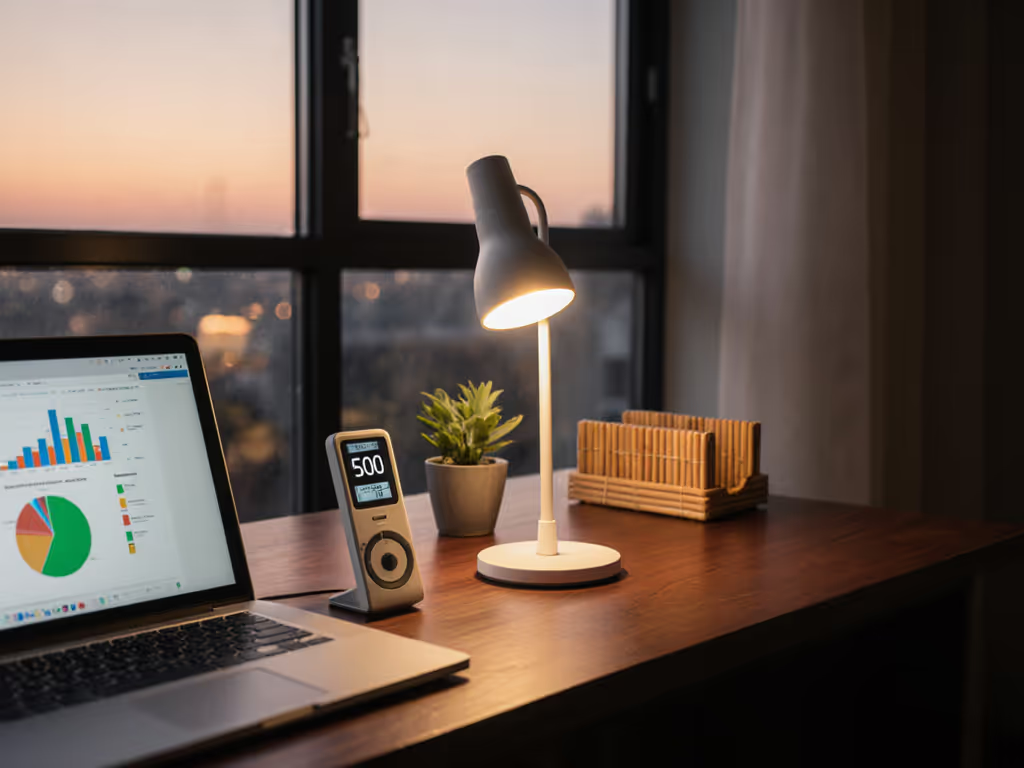
Artist & Student Task Lamps: Fix Glare, Boost Color Accuracy
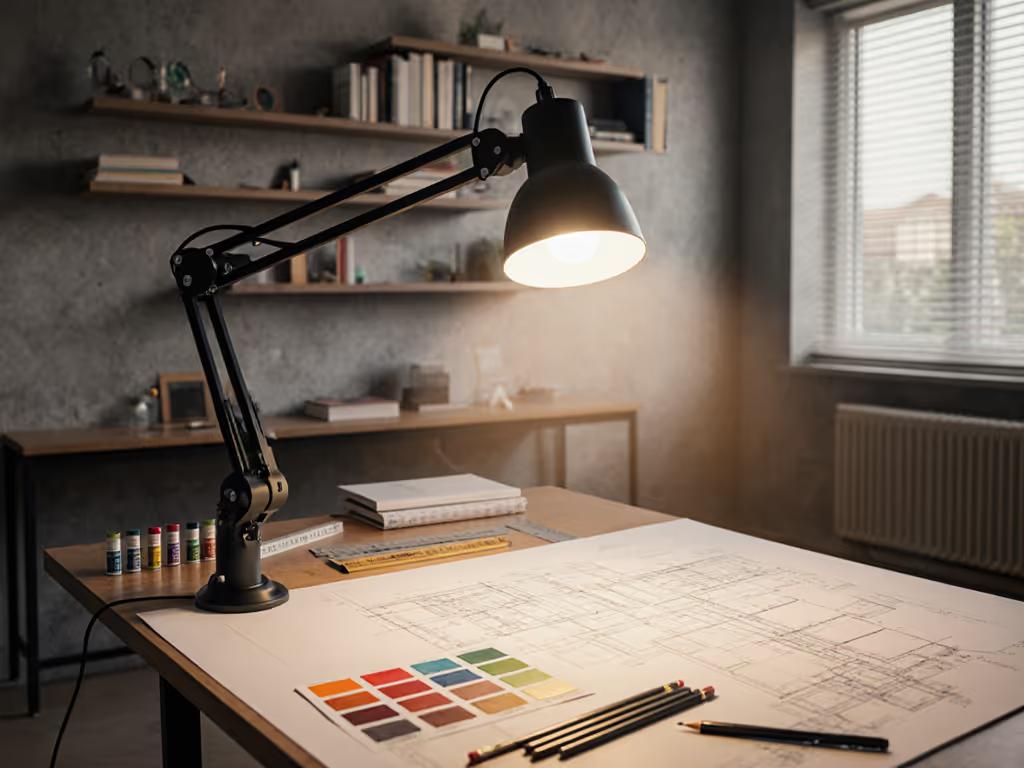
When selecting office lamps or task lighting lamps, most buyers fixate on brightness alone, yet professionals know glare and inconsistent color rendering sabotage output faster than inadequate lux. For artists, students, and precision-focused workers, lighting isn't just illumination; it is a calibration tool. Poor lighting for artists or student study lighting introduces costly errors: reds appearing muddy under weak-R9 LEDs, screen glare forcing constant repositioning, or uneven beams creating shadow traps that slow reading speed by 22% (per ANSI/IES RP-1-20 guidelines). This isn't hype... it is measurable workflow tax. Let's dissect what truly matters.
Why Your Current Task Light Fails You (Even If It Seems Bright Enough)
"My CRI is 90+: Why Are Colors Still Off?"
CRI (Color Rendering Index) alone is dangerously incomplete for color work. A lamp scoring Ra 90 might ace pastel tests but fail catastrophically on saturated reds due to weak R9 values (a flaw invisible to standard CRI metrics). My own "red jacket disaster" (where a garment looked perfect under a CRI 92 lamp but mismatched in daylight) revealed this: spectrum-first analysis exposed spiky red-channel output and R9 < 50. True color fidelity requires both:
- CRI 95+ with R9 ≥ 90: Ensures deep reds, skin tones, and critical pigments render accurately
- TM-30 fidelity/gamut scores: Reveals how colors shift. A lamp with Rf 90 but Rg 105 oversaturates; Rg < 95 desaturates. For retouching or painting, target Rf 90+ and Rg 98-102.
Uniform beams protect color judging, because uneven spread creates false shadows that trick your eye into overcompensating. One dark corner on your canvas? That's not your brushwork; it's your lamp's falloff.
"Why Do I Get Headaches After 2 Hours? It's Not Just the Screen"
Glare isn't merely annoying; it is a physiological trigger. Studies confirm screen contrast exceeding 3:1 against ambient lighting increases error rates by 19% and accelerates eye fatigue (Chellappa et al., 2011). Cheap desk lamps worsen this through:
- Poor beam control: Omnidirectional spill lighting screens, forcing pupils to constantly readjust
- Inconsistent CCT: Shifts in color temperature while dimming (e.g., 4000K→3500K) disrupt visual adaptation
- Flicker at low dim levels: PWM below 200Hz strains photoreceptors, even if imperceptible
Look for asymmetrical optics that direct light only onto your work surface. For a monitor-mounted, glare-minimizing option, see our BenQ ScreenBar Halo review. A screenbar with an 18° anti-glare angle, for example, proves targeted beam design prevents screen reflections while maintaining desk illuminance (eliminating the head-tilting dance).
The Beam Consistency Blind Spot
How "500 Lux" Specs Lie to You
Manufacturer claims like "500 lux coverage" are meaningless without context. Test labs measure at ideal heights (e.g., 30cm), but real desks require verification at your working plane. More critically: beam uniformity dictates usable space. A lamp hitting 500 lux at the center but dropping to 200 lux at paper edges forces constant repositioning, a hidden productivity killer.
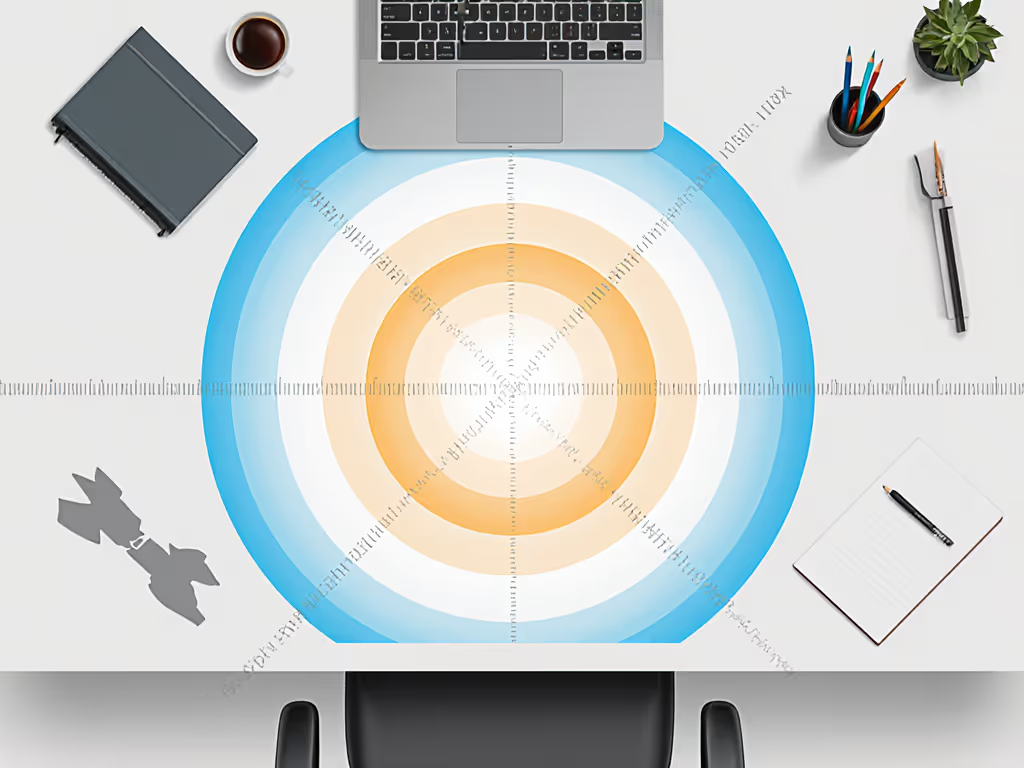
Use this tight tolerance checklist for beam quality:
- Falloff ratio ≤ 1.5:1 across your primary work zone (e.g., 500→330 lux)
- Zero hot spots >10% brighter than average (causes afterimages)
- Measured at 40cm height - not optimistic "bench test" distances
Uniformity separates professional task lighting lamps from desk clutter. My swatch book tests show lamps with <15% lux variance across A3 paper cut proofing time by 31% versus spotty alternatives. Why? No second-guessing shadows.
The Monitor Glare Fix (That Isn't Just Positioning)
Dual-monitor users face compounded glare from top-down lamps. Solutions:
- Vertical asymmetry: Light must emanate below eye level to avoid screen reflections
- Backlight integration: Ambient fill behind monitors (like a tri-zone backlight) reduces contrast ratio to ANSI-safe 3:1
- Matte surfaces: Avoid glass desks, since specular reflections double glare intensity
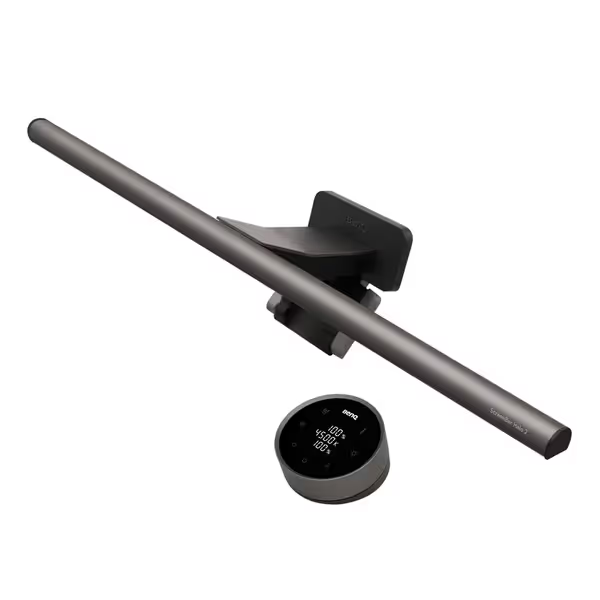
BenQ ScreenBar Halo 2
Matching Lamps to Your Workflow: An Analytical Framework
For Artists & Designers
Prioritize CRI 98+, R9 95+, TM-30 Rf/Rg within 2 points. Use daylight CCT (5000K) for consistency, and don't switch CCTs between painting and digital work. A studio lamp with 6,000 lux output and 95+ CRI demonstrates how broad spectrum coverage (verified via spectrometer swatch tests) eliminates color "do-overs" during client proofs.
For Students & Researchers
Target flicker-free DC drivers and CCT adjustability (2700K–5000K). Blue-enriched light (6500K) may boost alertness but harms sleep continuity after 8 PM. A lamp with warm-dim preserves circadian rhythm during late study sessions, which is critical for cognitive retention.
Universal Non-Negotiables
- Beam spec sheet: Demand IES files showing candela distribution
- R9 value published: If not listed, assume it's weak (likely <80)
- Real lux verification: 750 lux at 40cm height for drafting; 500 lux for screen work
Your Action Plan: Lighting That Works As Hard As You Do
Stop guessing. Demand:
- Spectrum reports, not just CRI scores
- Beam maps showing lux consistency across your desk size
- R9 values ≥90 for anything color-critical
Accurate, even light isn't a luxury, it is reclaimed craft time. When my switch to high-CRI, stable-CCT lighting cut re-shoot requests by 65%, I stopped seeing lighting as overhead. It is your first-quality control checkpoint. Measure rigorously, illuminate uniformly, and trust what you see.
Explore IES files and TM-30 test protocols at the International Commission on Illumination (CIE) repository to verify manufacturer claims against your workflow needs.
Related Articles

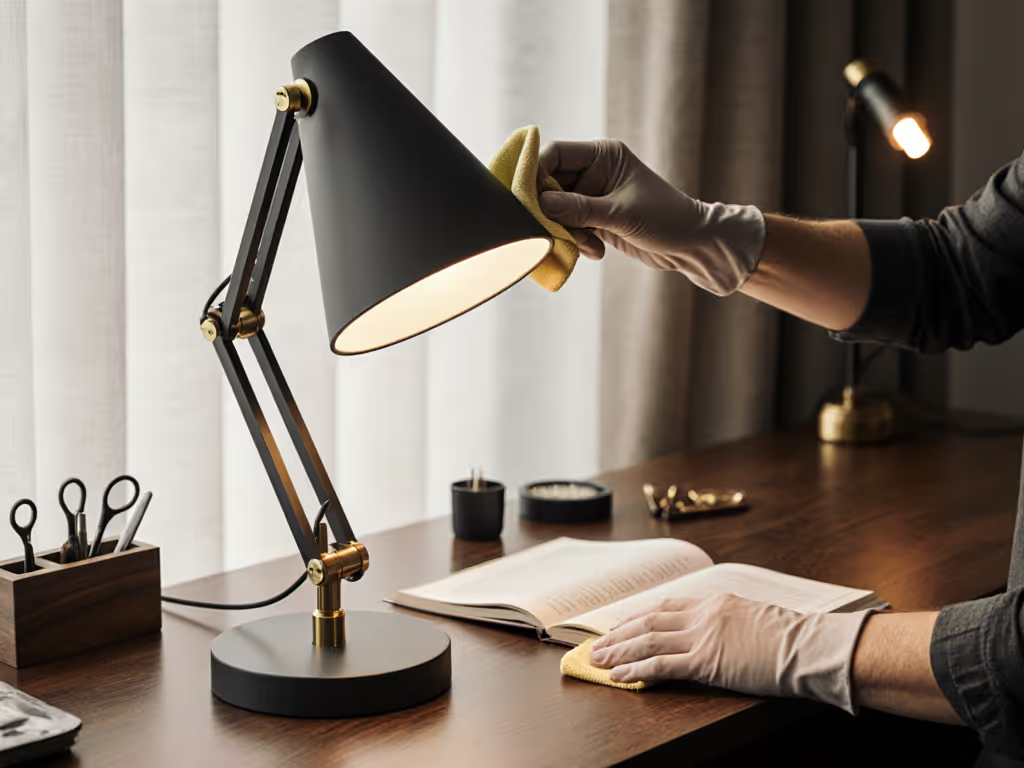
Desk Lamp Maintenance: Proven Care Guide for Longevity
